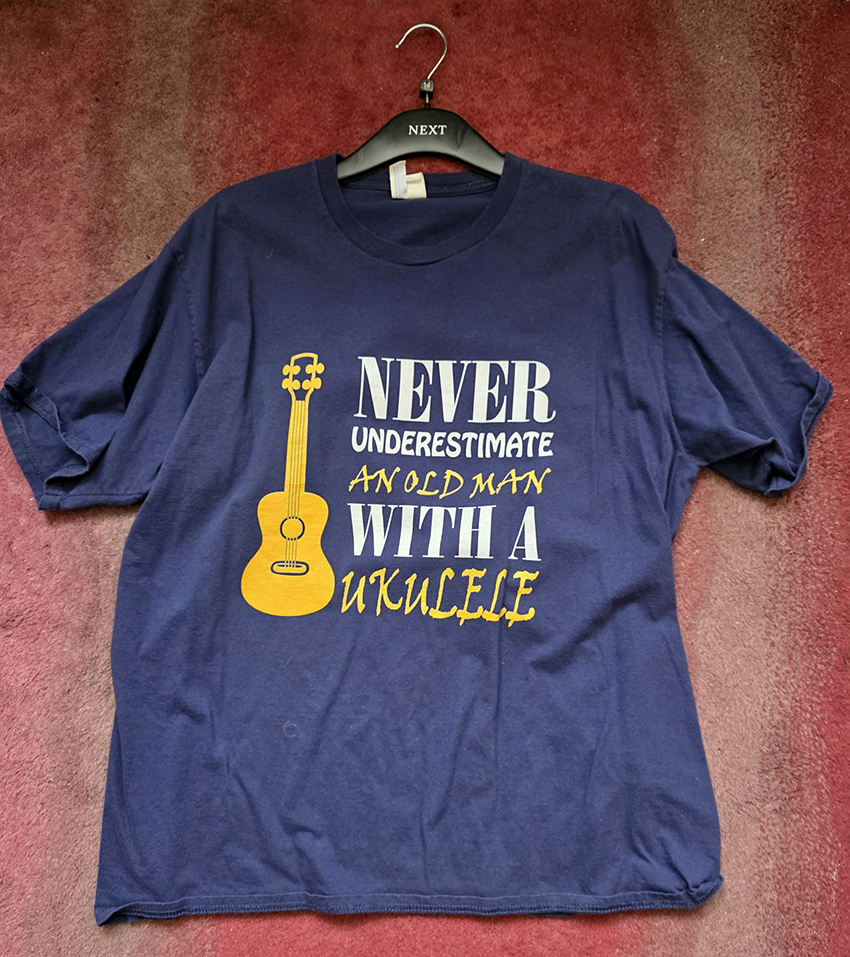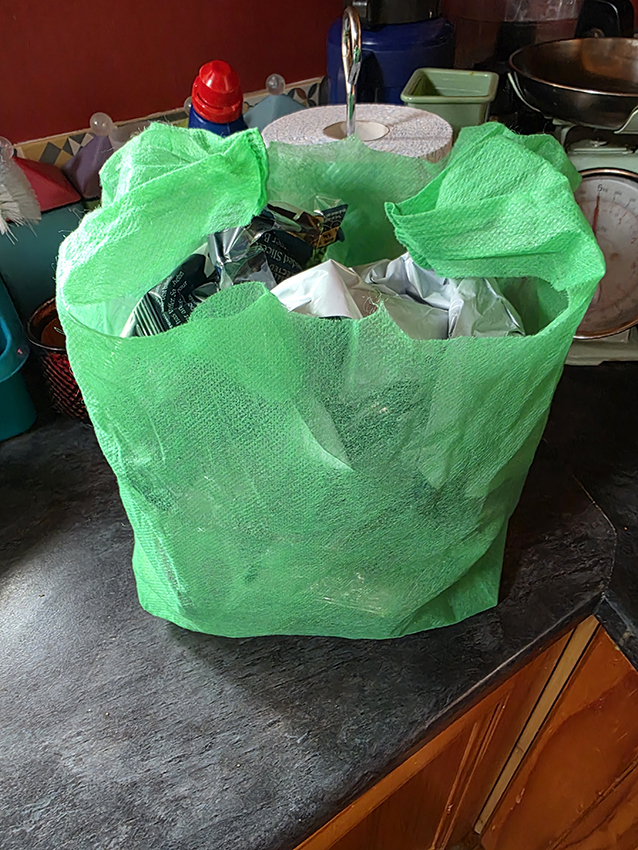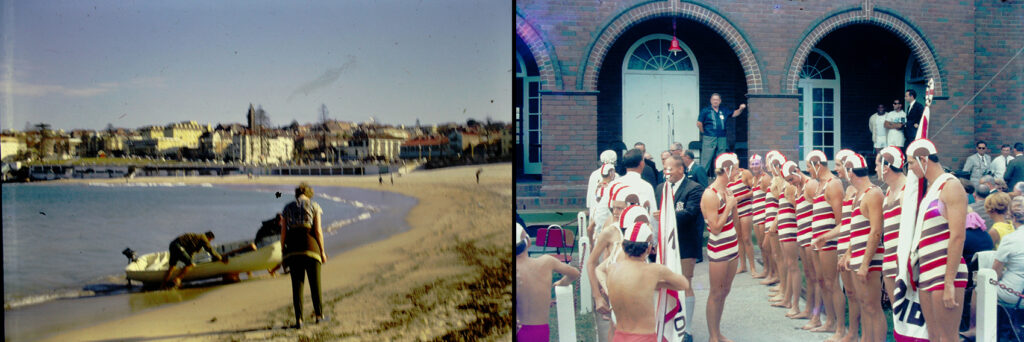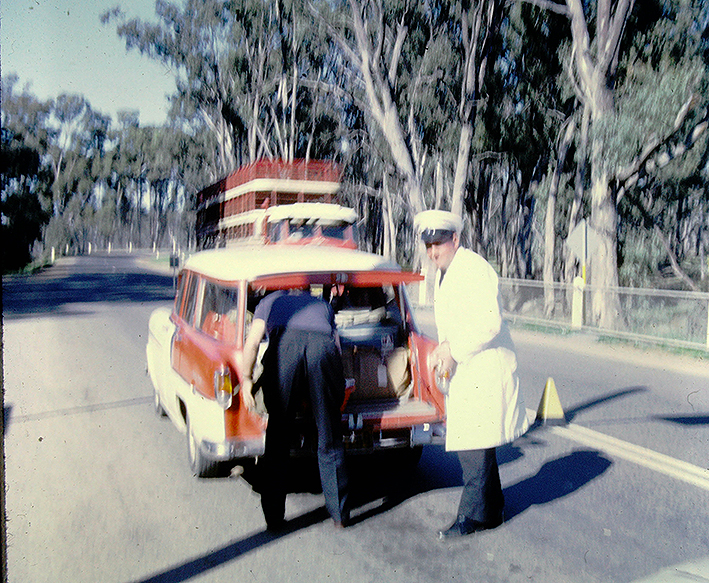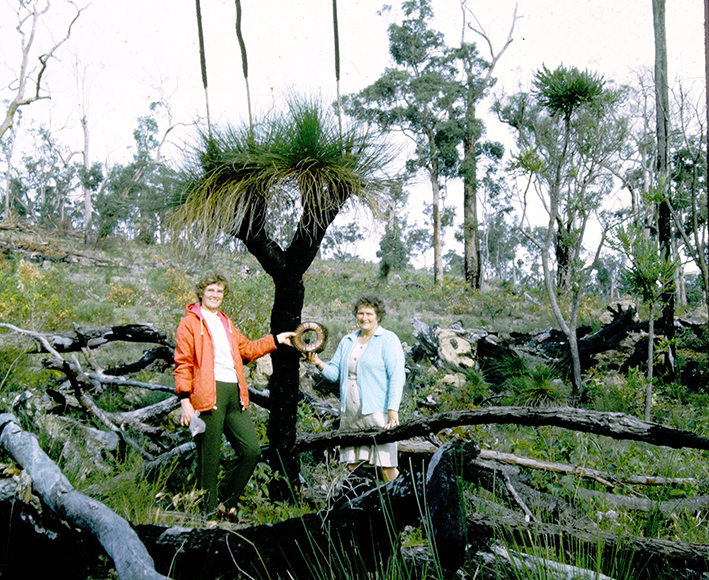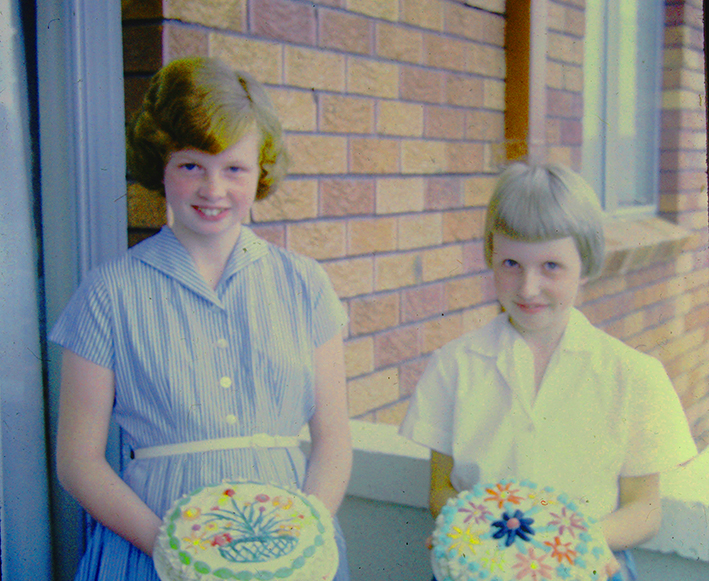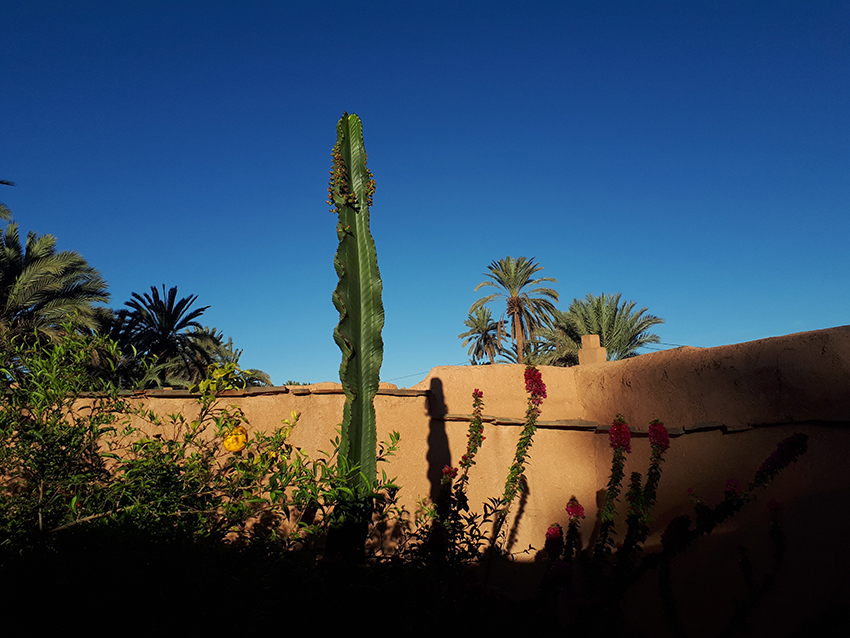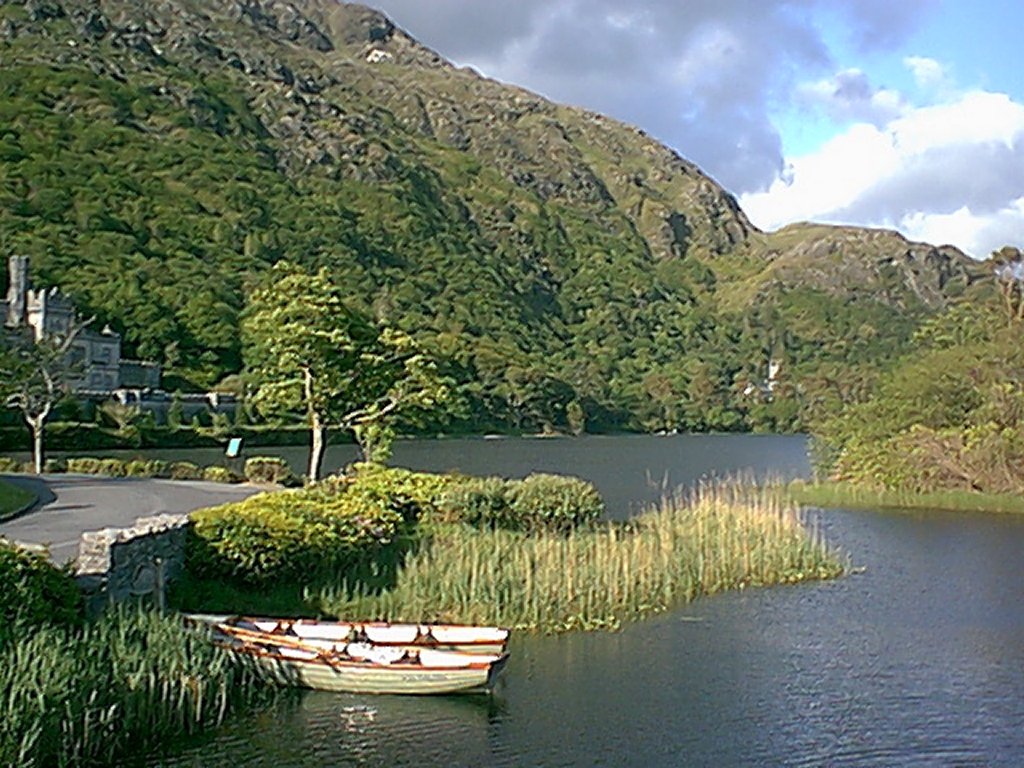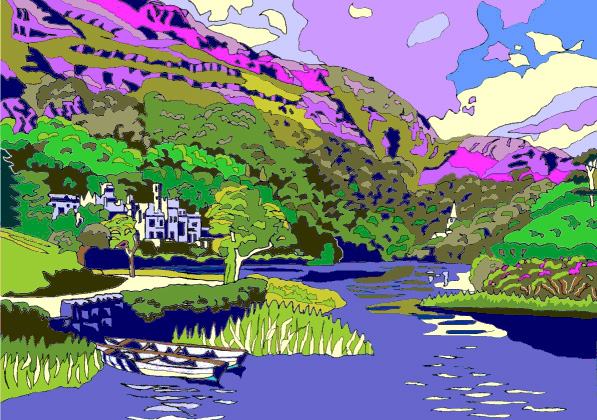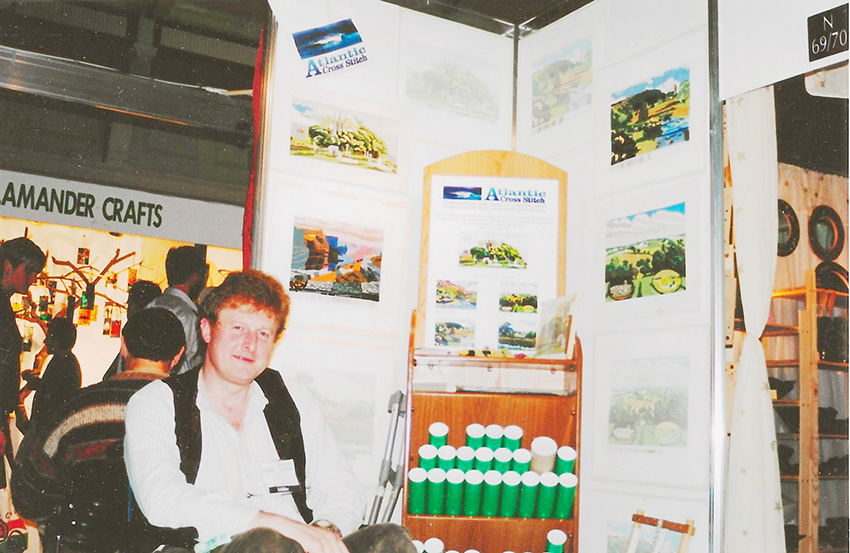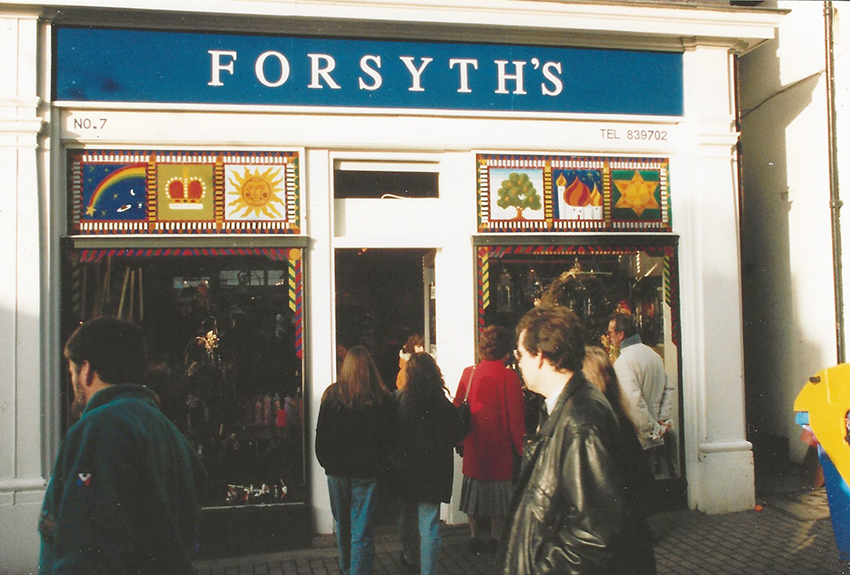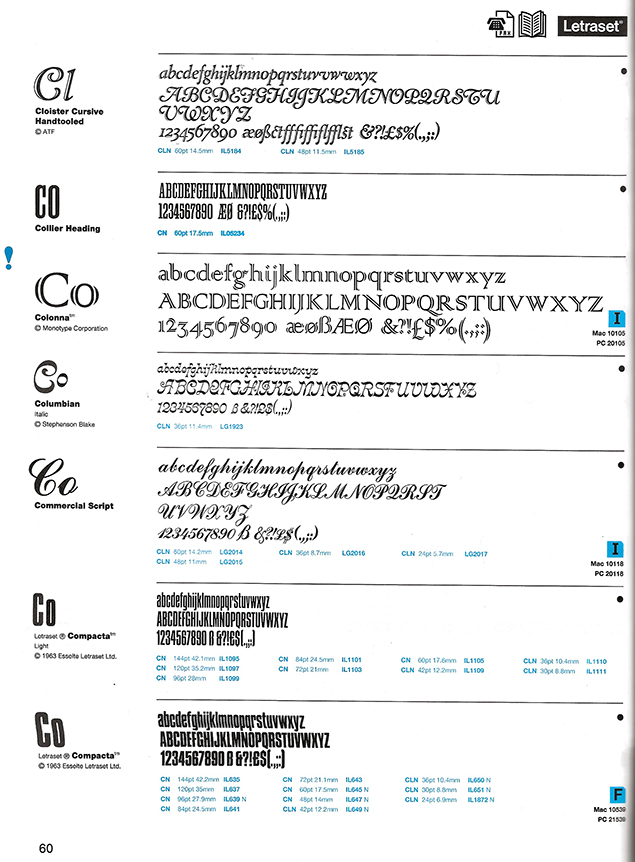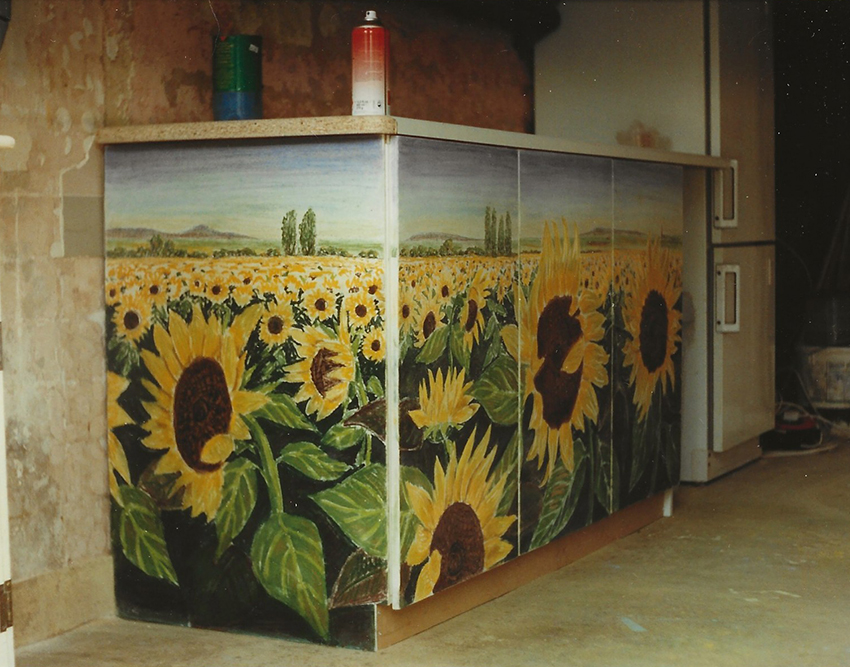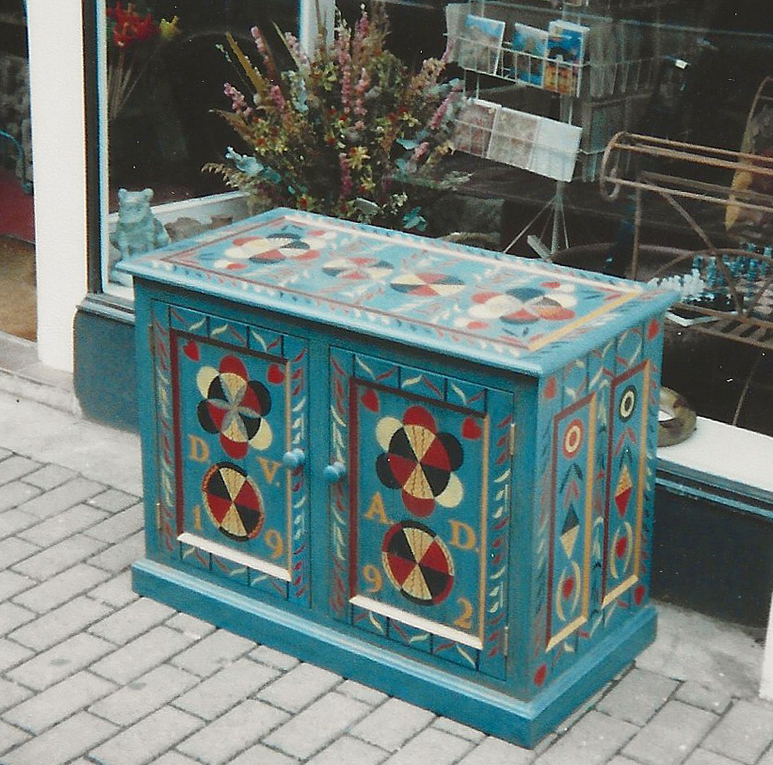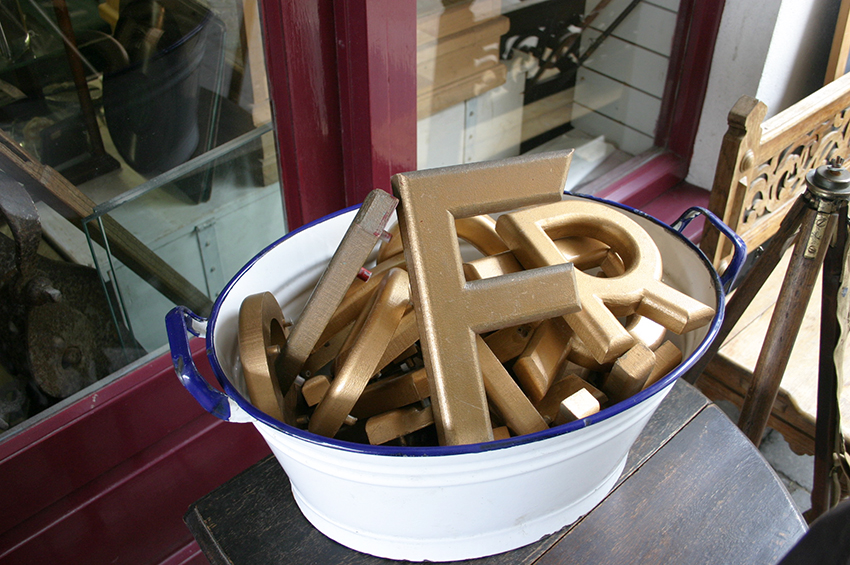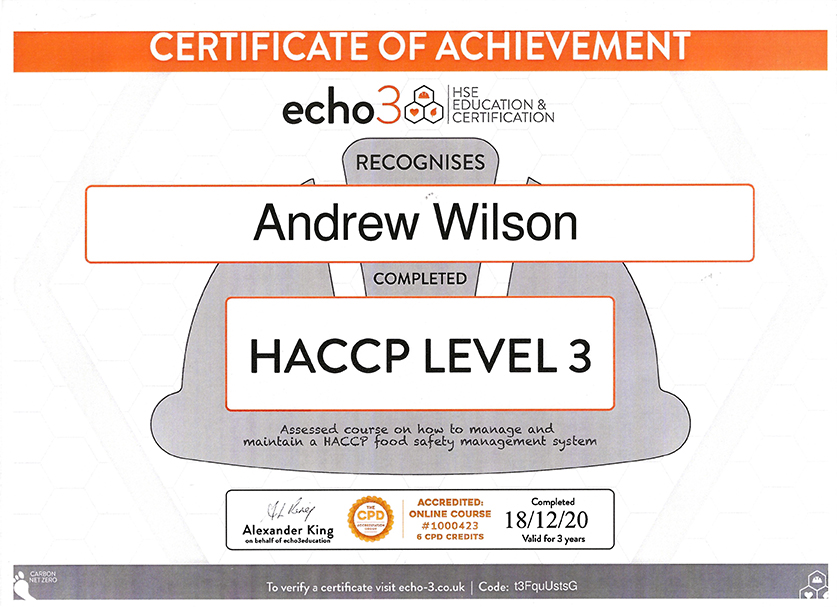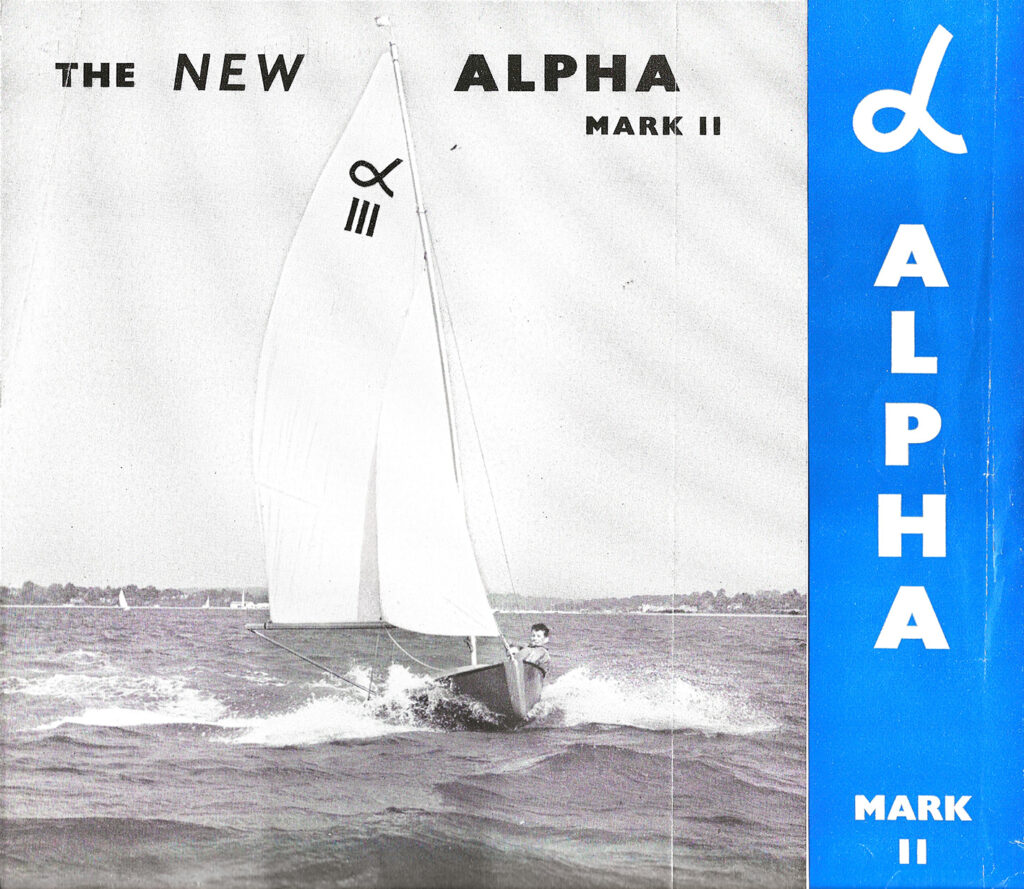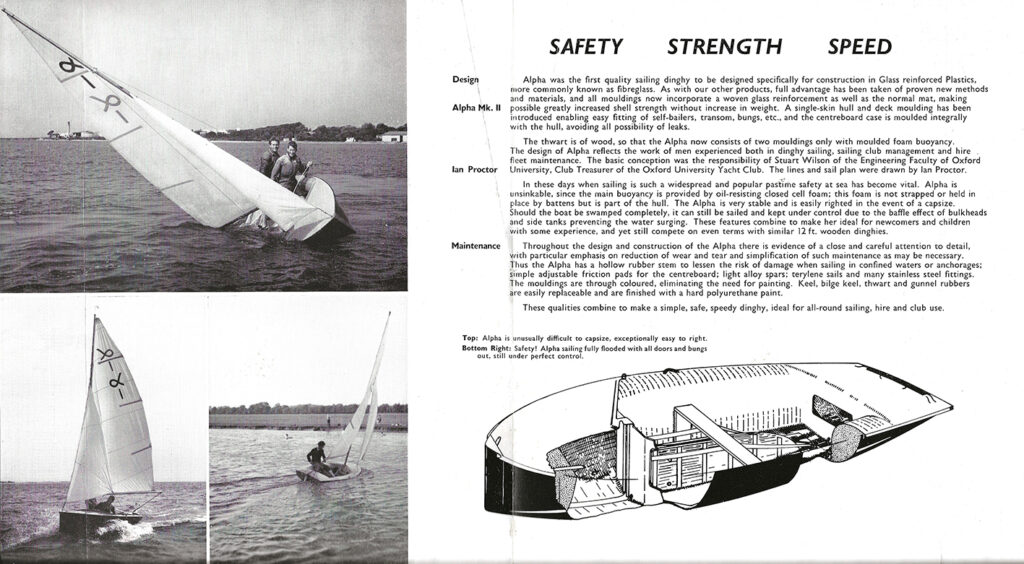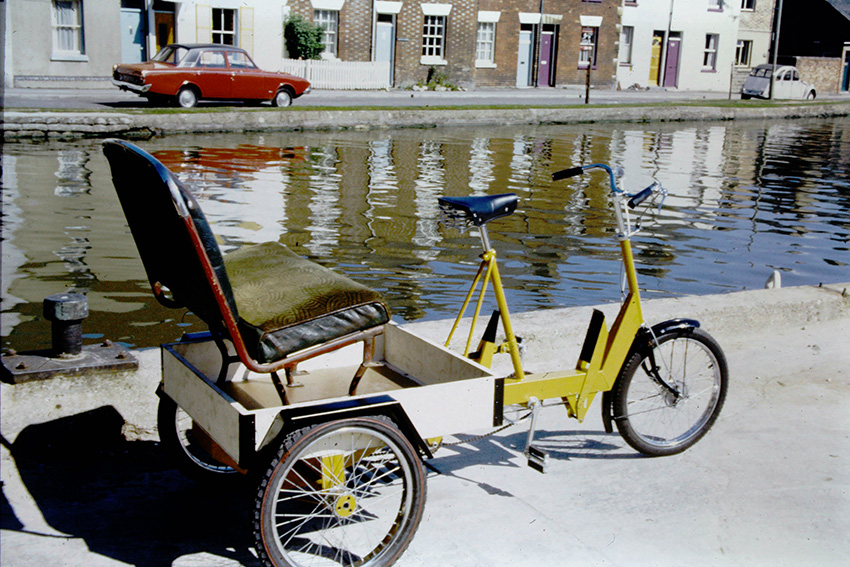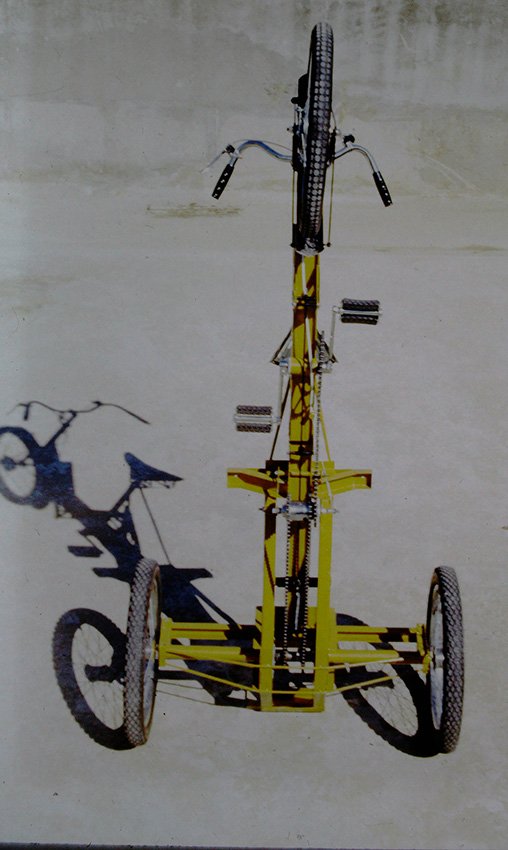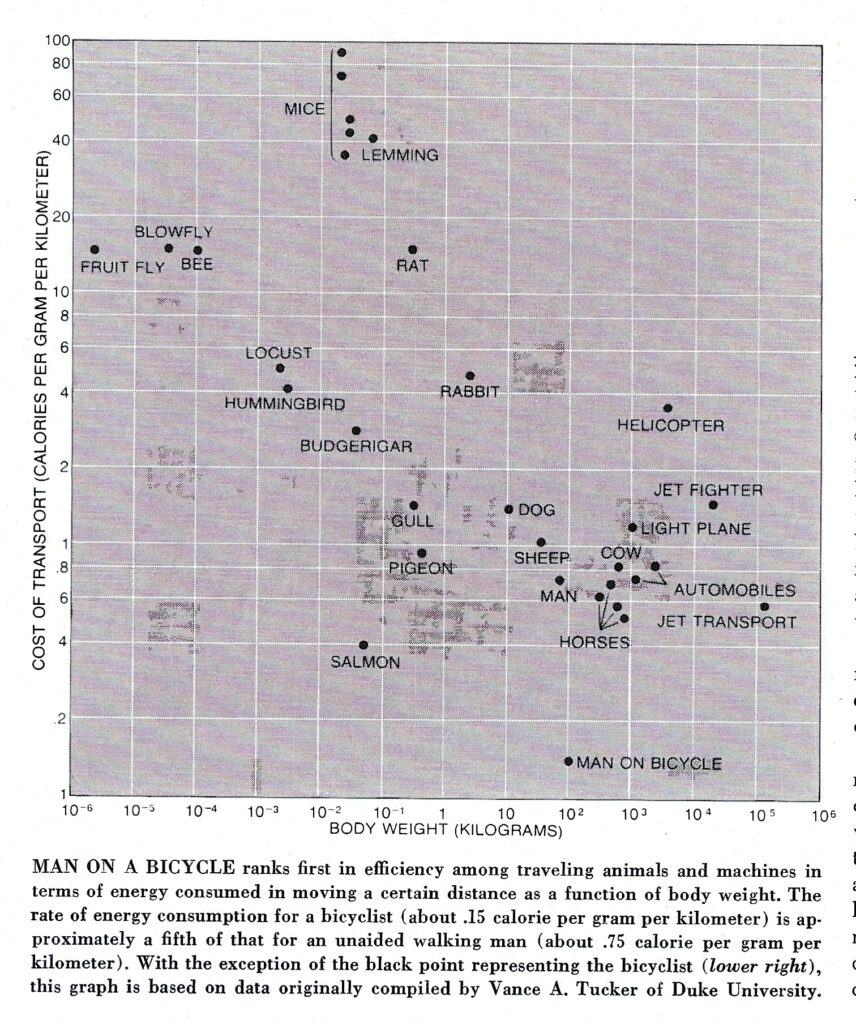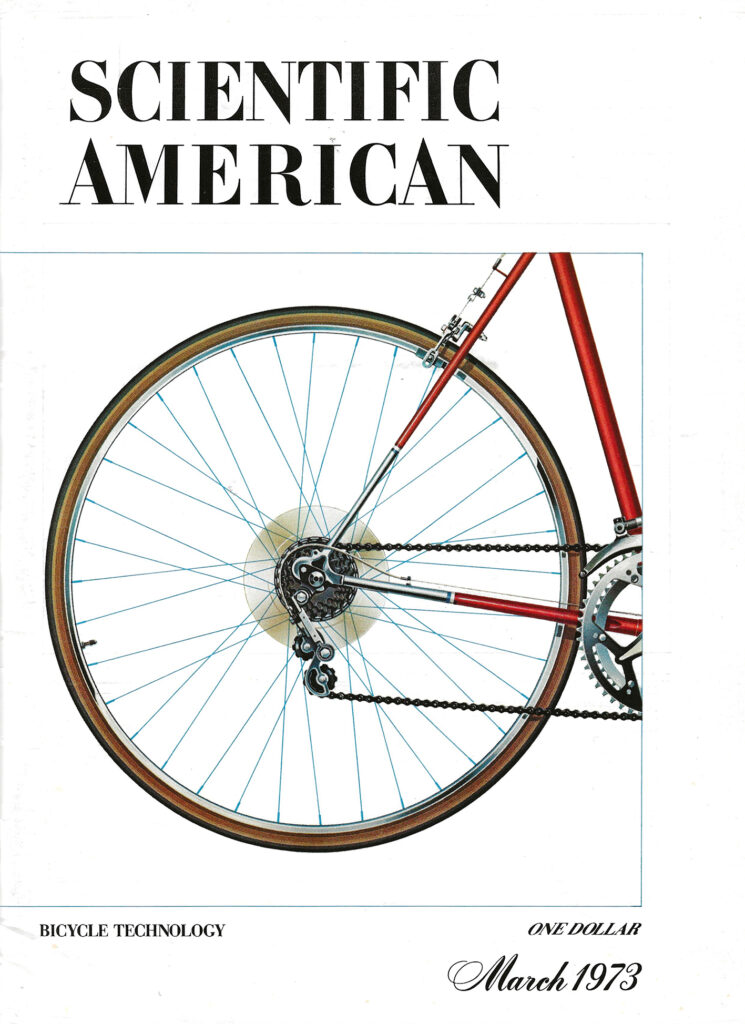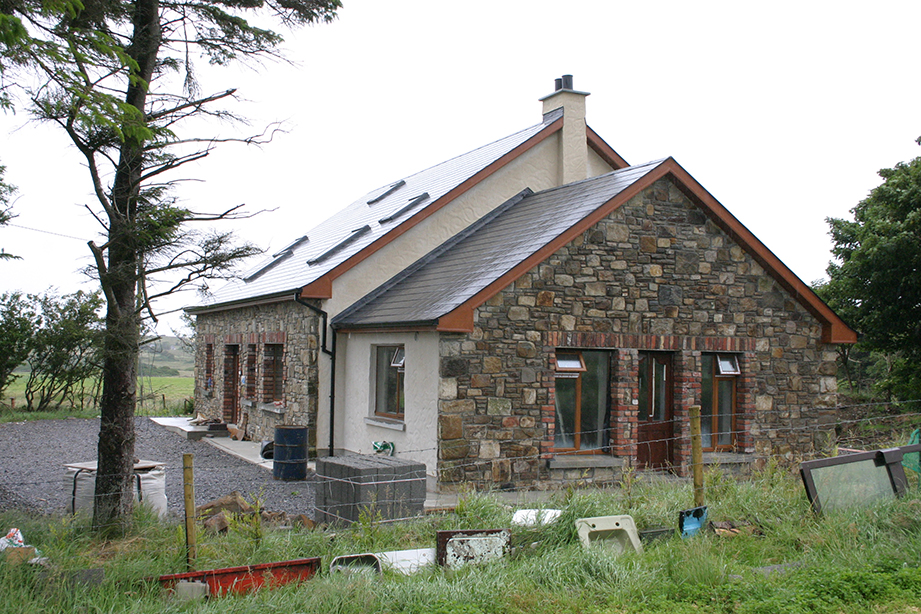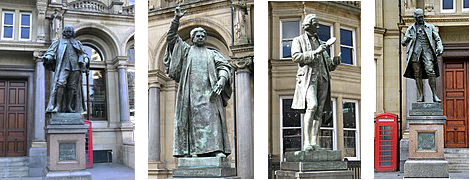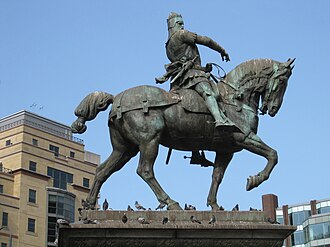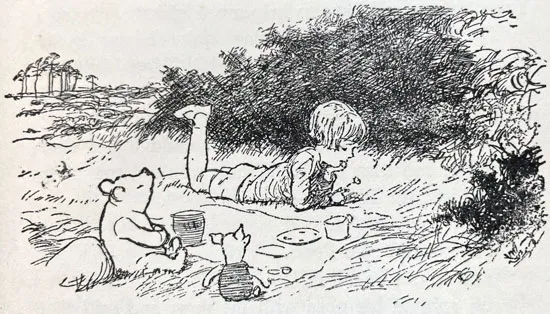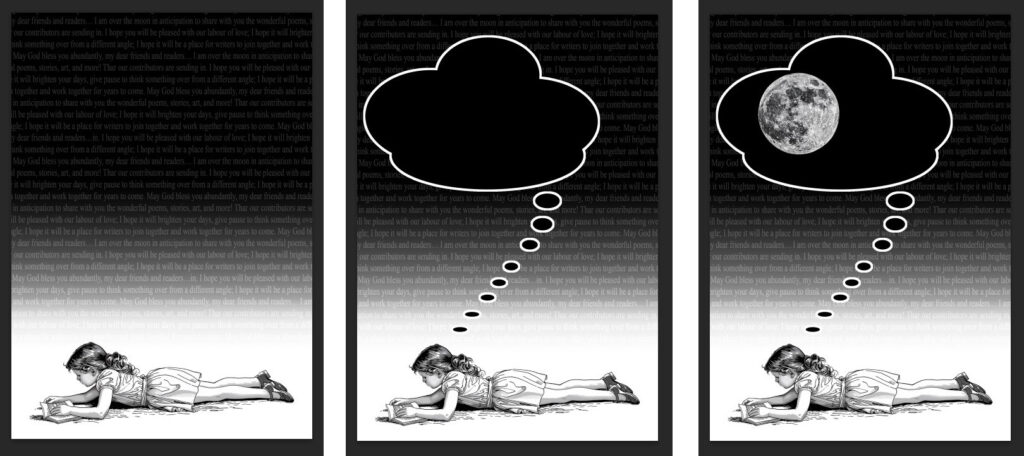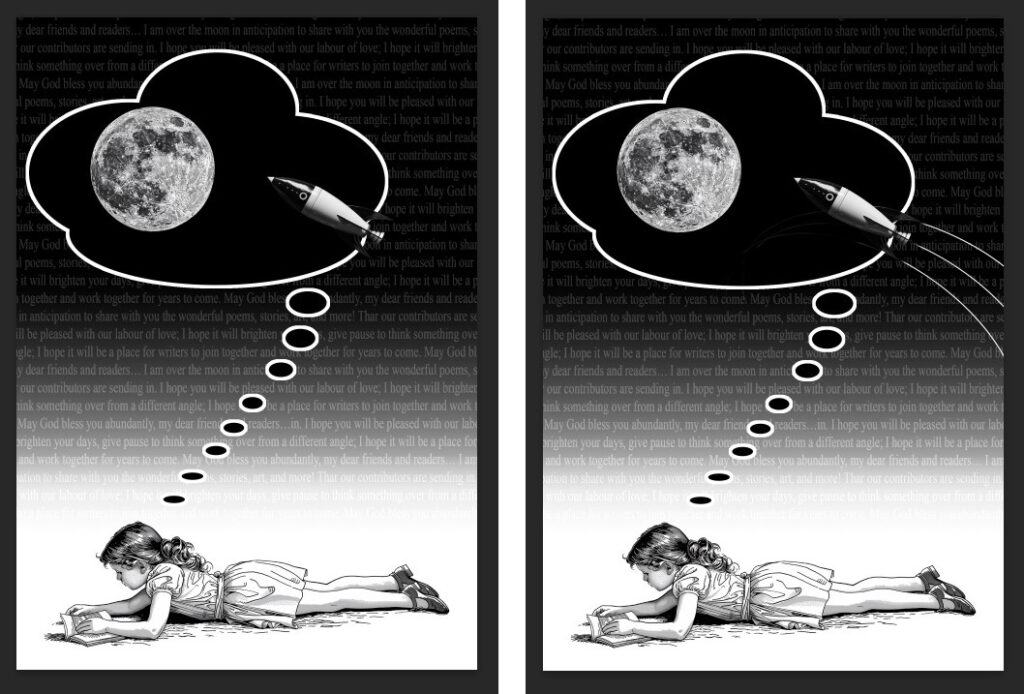
I confess I am not a great fan of autobiographies that begin at the beginning and follow a temporal path up to the present day – not that the person might not have some interesting stories, facts and opinions strung on their necklace, but it just doesn’t appeal as a structure. On the other hand, in my last, extra year at school in Oxford, retaking an A-level and adding a couple more, I was allowed out of school on my recognisance and saw a fascinating Exhibition at the Modern Art Gallery. The Artist had laid out and photographed every single possession of a single person – for example, all the cutlery was laid out in one shot, all the shoes in another. This more thematic approach appeals more and although I am not arranging the objects which I have chosen to tell my story in chronological order, I hope that my writing will be sufficiently interesting to keep your interest Dear Reader, and that on the journey from A to Z, you will assemble an impression of my life and who I am…
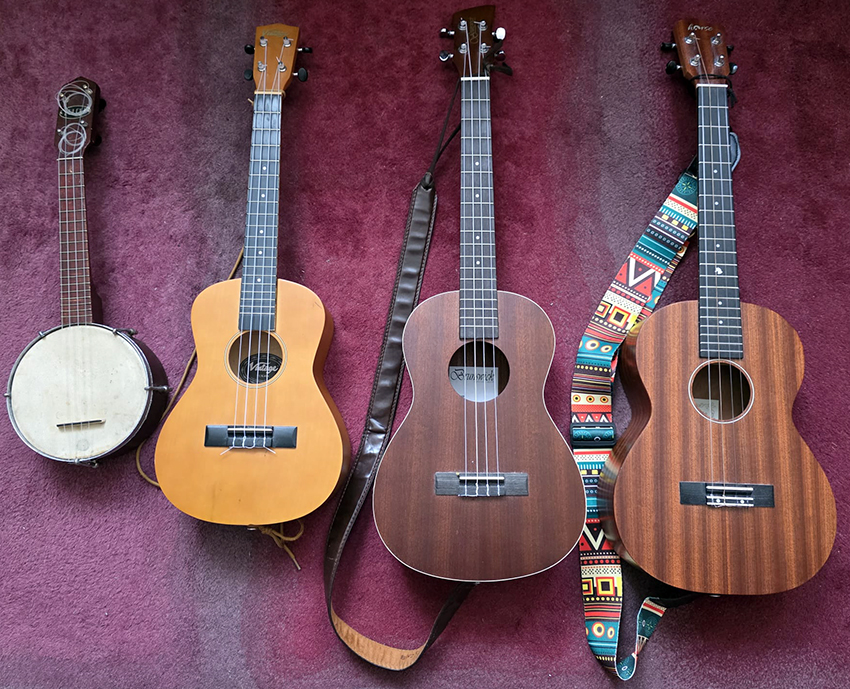
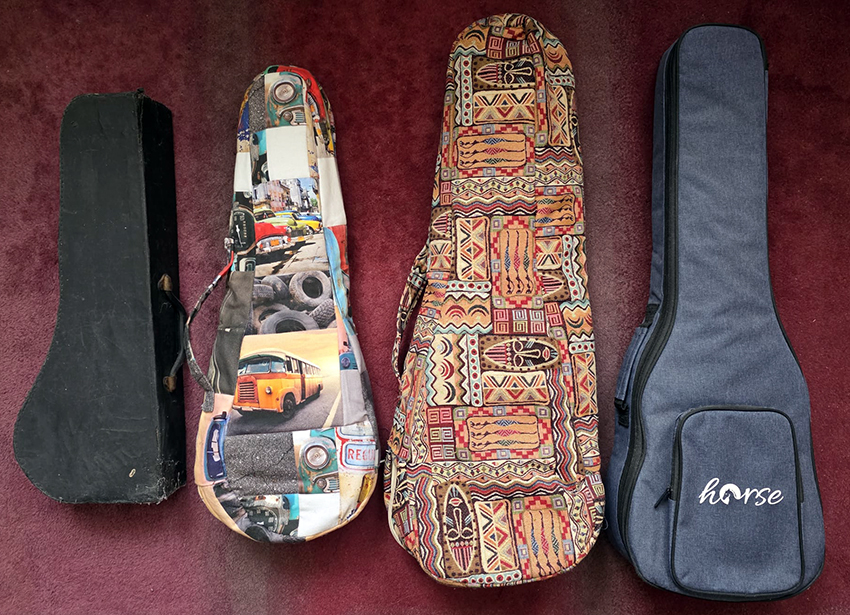
Ukulele
When you confess to playing the Ukulele, some people say “Oh! Like George Formby?” Whilst I would love to be able to play George’s Split Stroke and perhaps master a couple of his songs, I am not prepared to spend the hours it takes to master it up to speed! They say that to master any skill, such a s a musical instrument, takes 10,000 hours of practise – just imagine, all those boys (and girls) practising guitar riffs and solos in their darkened bedrooms – and even if they master their art, there is no quarantee they will make it into a succesful band or solo career, because you also need creative spark, humanit social skills, and luck, all of which may be mitigated against by those 10,000 hours locked in your room – and so I guesss that is where session-musicians come from ( not that I have anything against session musicians)!
I used to play guitar (though clearly not for 10,000 hours) but at some point I decided to try the Ukulele since it is more portable and having only 4 strings (for four fingers) should make learning chords easier – and so it proved! I have learned far more chords on the Ukulele and have too, made far more progress in developing an intuitive understanding of how chords work. Due to the marvellous democracy of the internet (as well as the commercialisation of certain sites), there are plenty of Ukulele arrangements available out there, including many of my favourite kinds of songs. I am sad to say that in the last two years, my playing and singing have languished, its peak being to play an afternoon gig at an old people’s home – hmmm – difficult to guage the success of reception by that particular audience but it was fun to do.
To go back to the George Formby question – the adherents of the Ukulele are many, varied and mightily accomplished – Joe Strummer, lead singer and guitarist of the Clash was one and he tal s about it here, although I can’t find any videos of him playing. Below is the first of a series of songs posted by the lovely and slighly fey, Sophie Madeleine. The song, by Carole King, is sung with exuberant gusto below Madeleine and finally a much slower version by Natalie Merchant…
These are nothing to do with the ukulele but I couldn’t resist…
Anyway, back to the Ukulele! If george Formby re[presents a certain niche kind of British humour, then the Ukulele Orchestra of Great Britain, with their genre-bending repertoire, cannot, either, be left out of any reveiew of the Ukulele…
and this priceless celebration of the ukulele…
In yesterday’s post I talked about tear-ing up and if I need cheering up, I watch this particular cover of the song “Happy” – not just because of the song and its meaning, but because of the unrestrained enthusiasm of this predominantly ukulele playing band, Walk Off the Earth – hope it works for you too…
I should say, again, nothing to do with ukuleles, but this seems the place to mention it – my love of many songs from the 30’s and 40’s is down to Harry Nilsson and his wonderful album A Little Touch of Schmillson in the Night – an album with lush, Hollywood orchestral arrangements which sadly, bombed Nilssons career but which I regard as a masterpiece… I recommend slipping into a deep, candlelit bubble bath, champagne and chocolate to hand, and earphones for maximum immersion – if not, then this is how this album will make you feel, regardless…
And remember…
